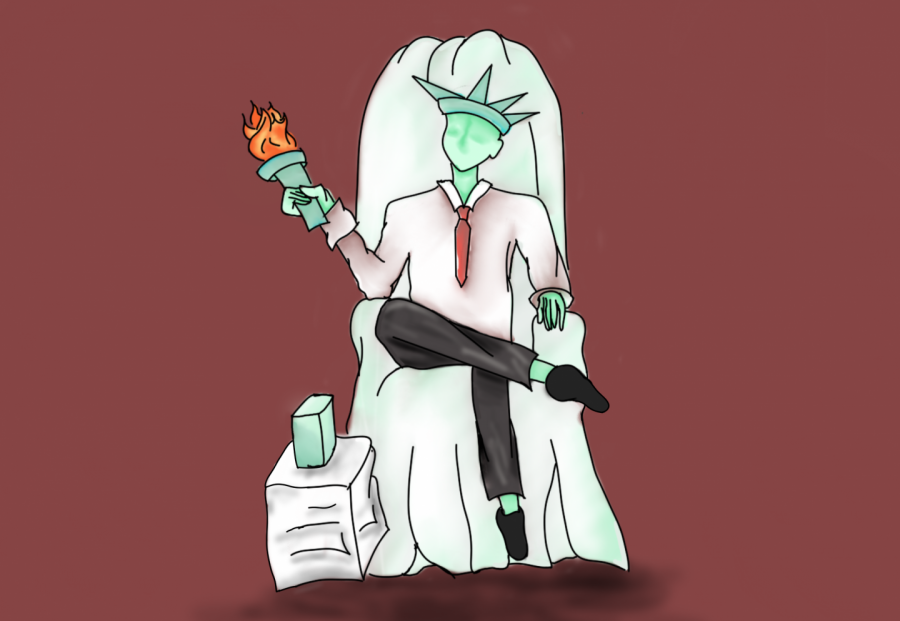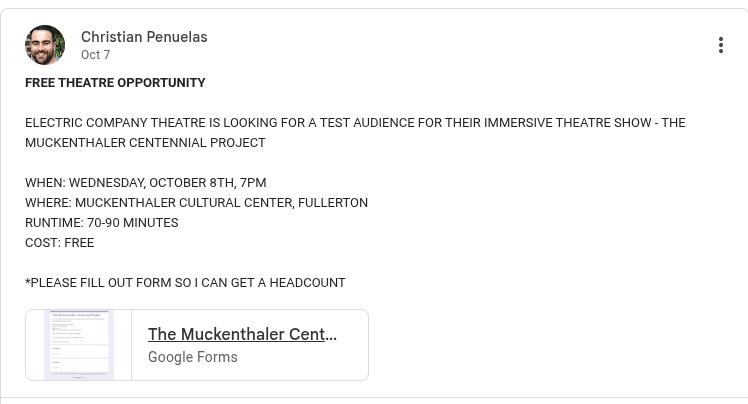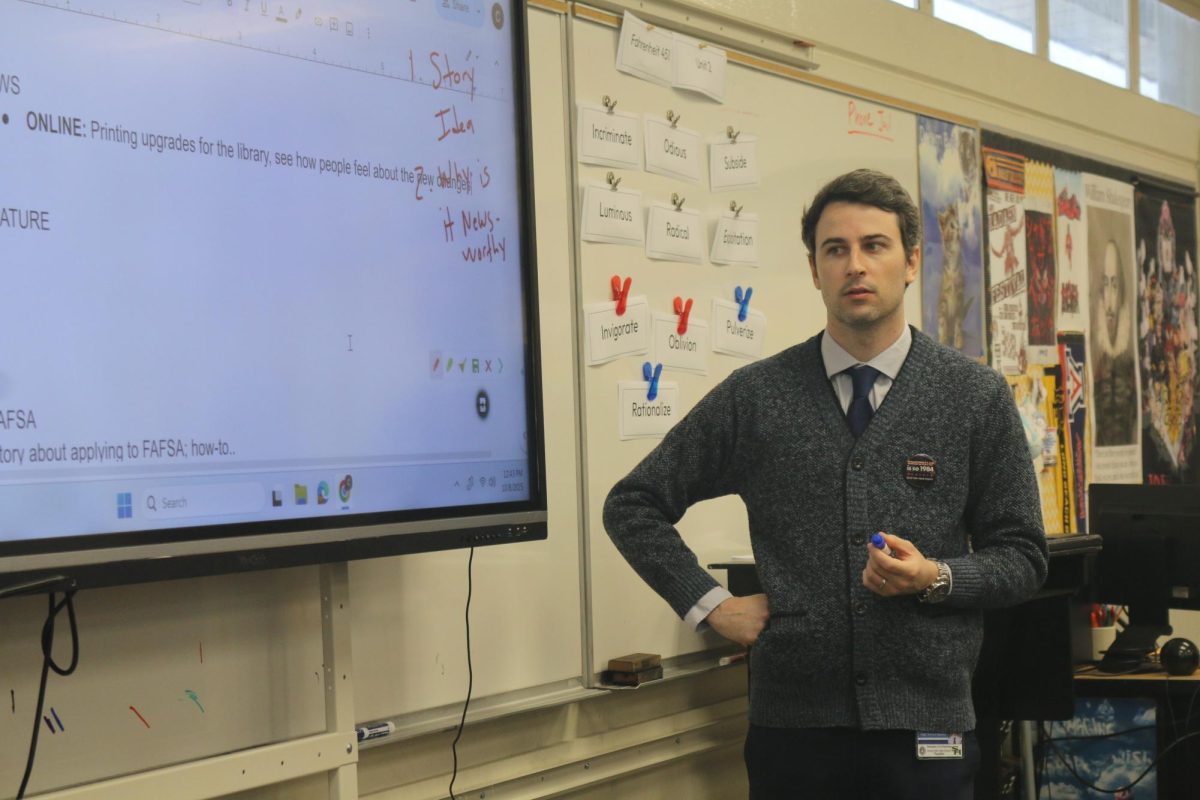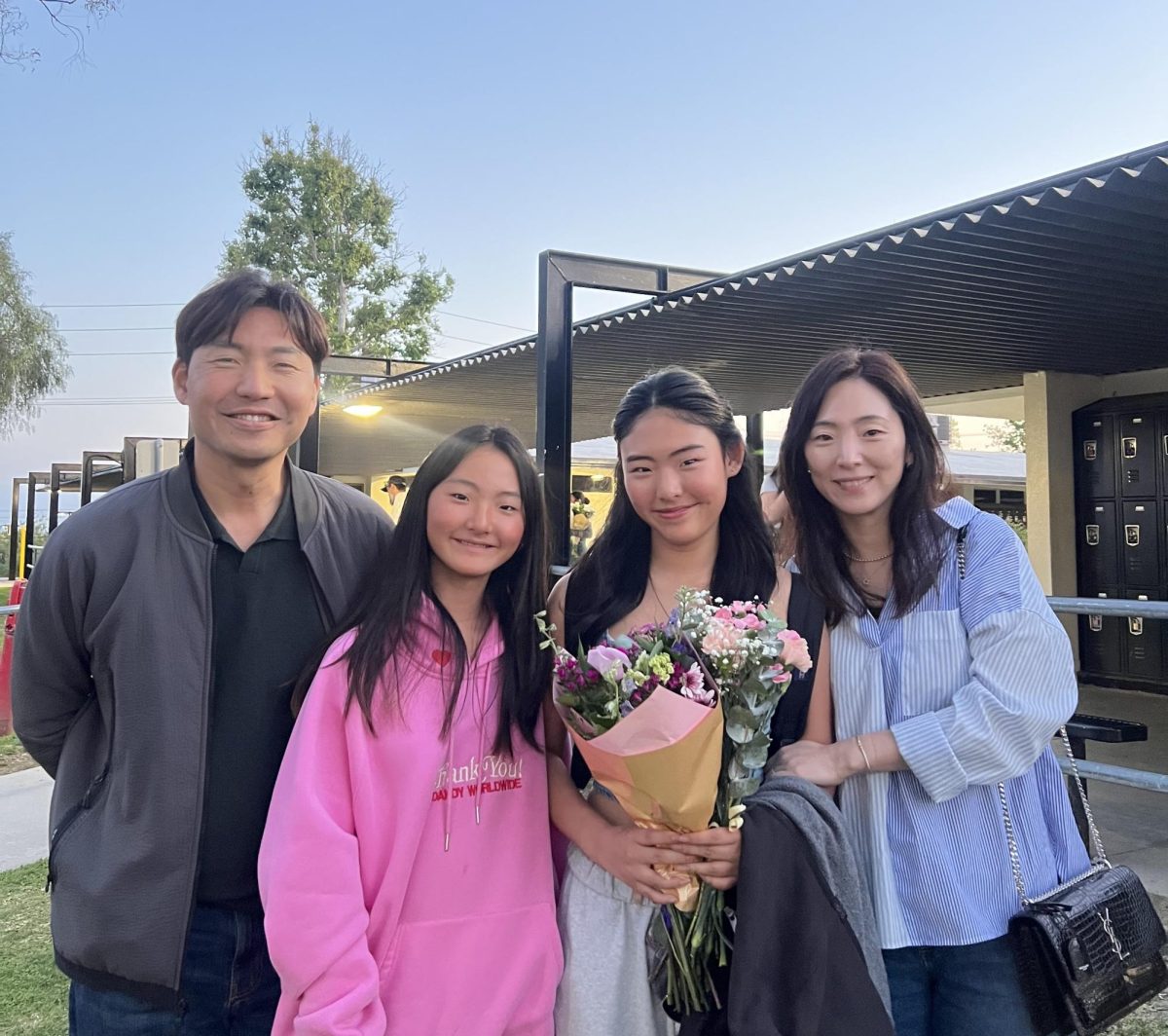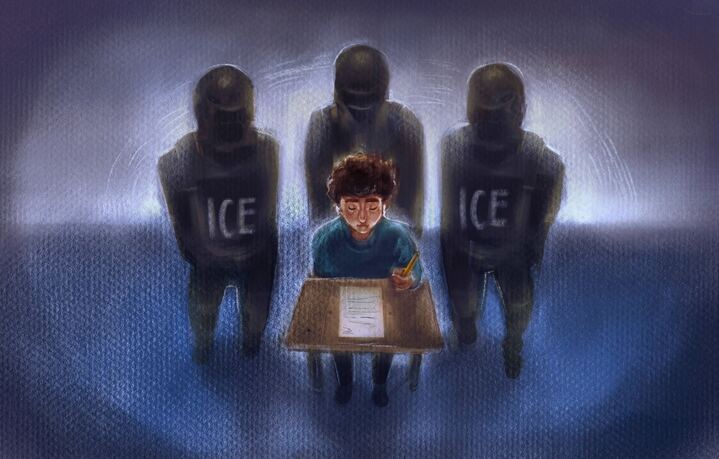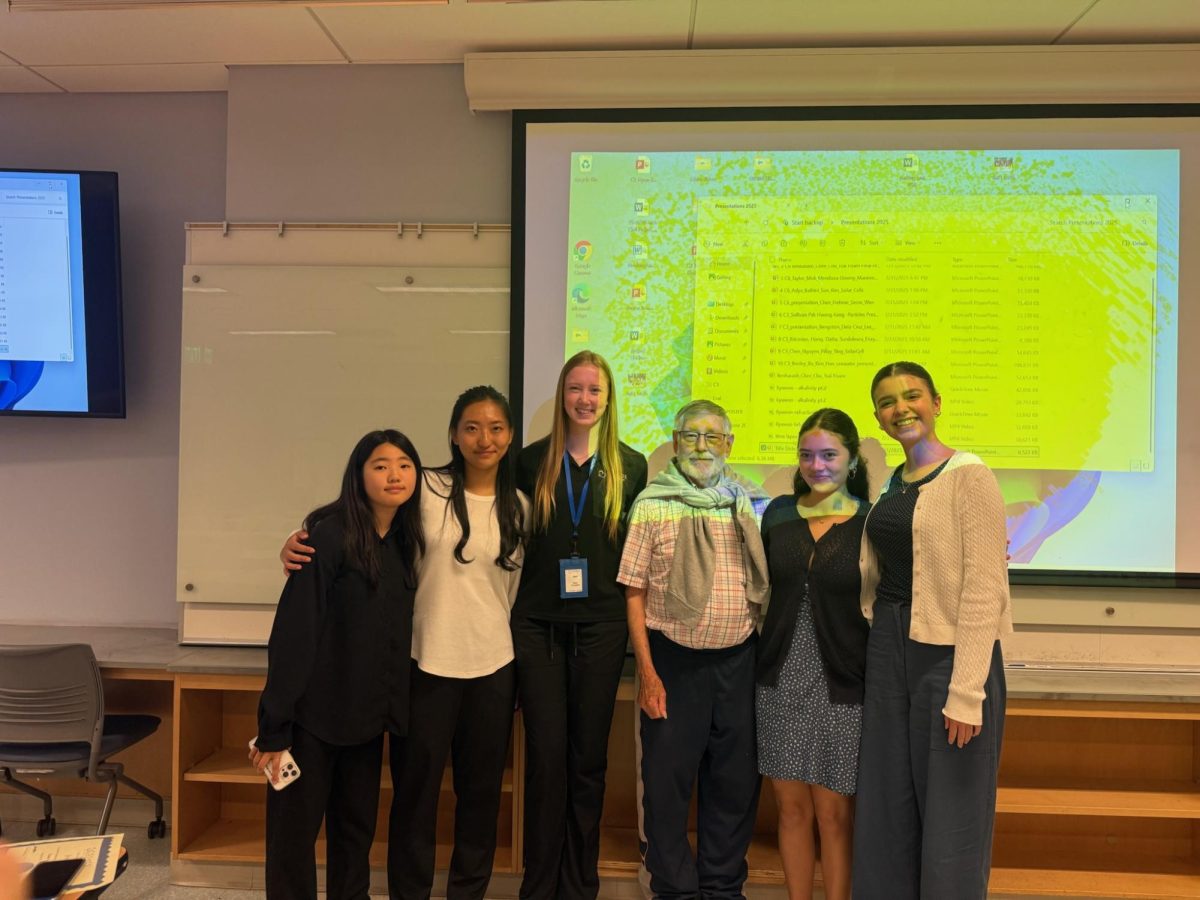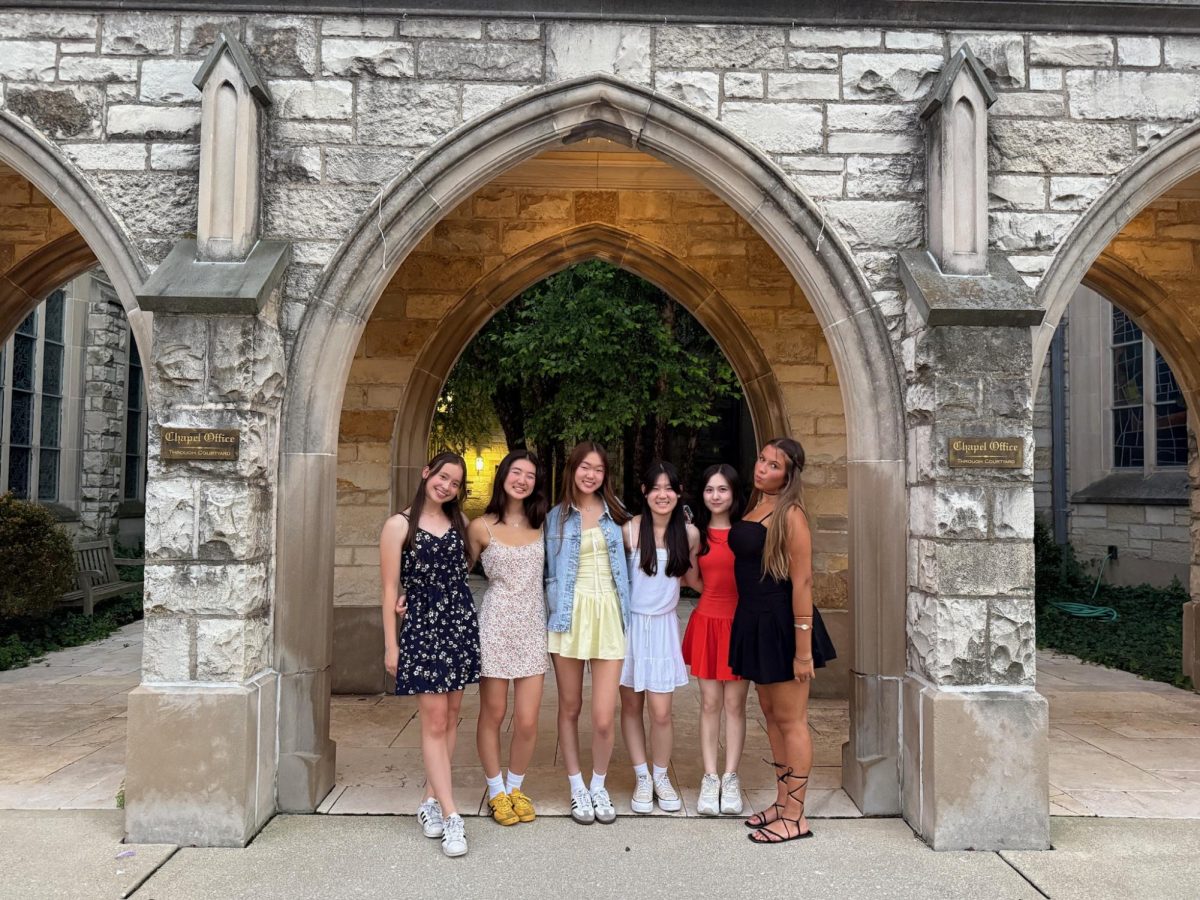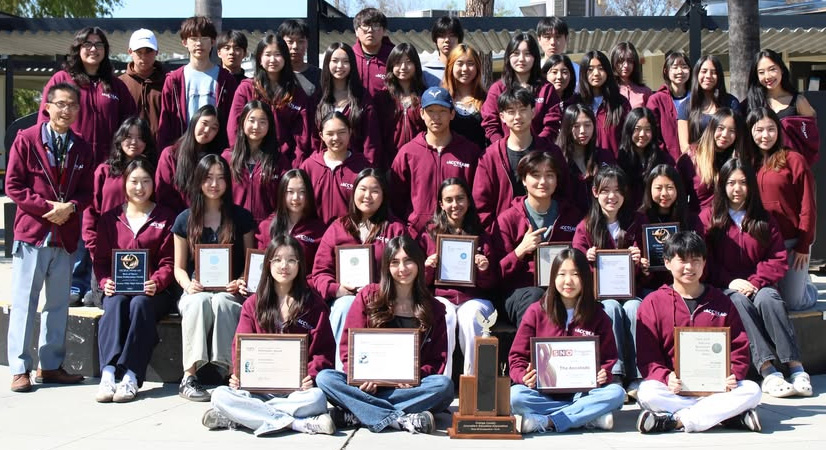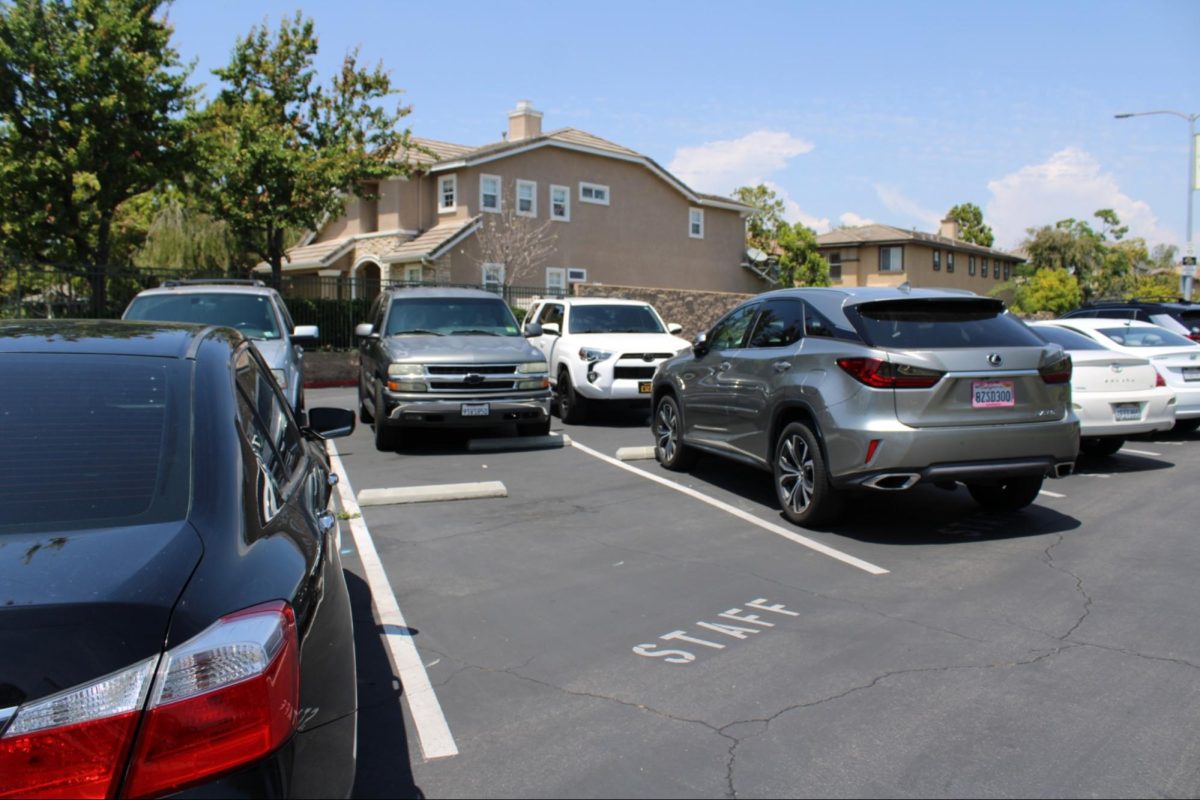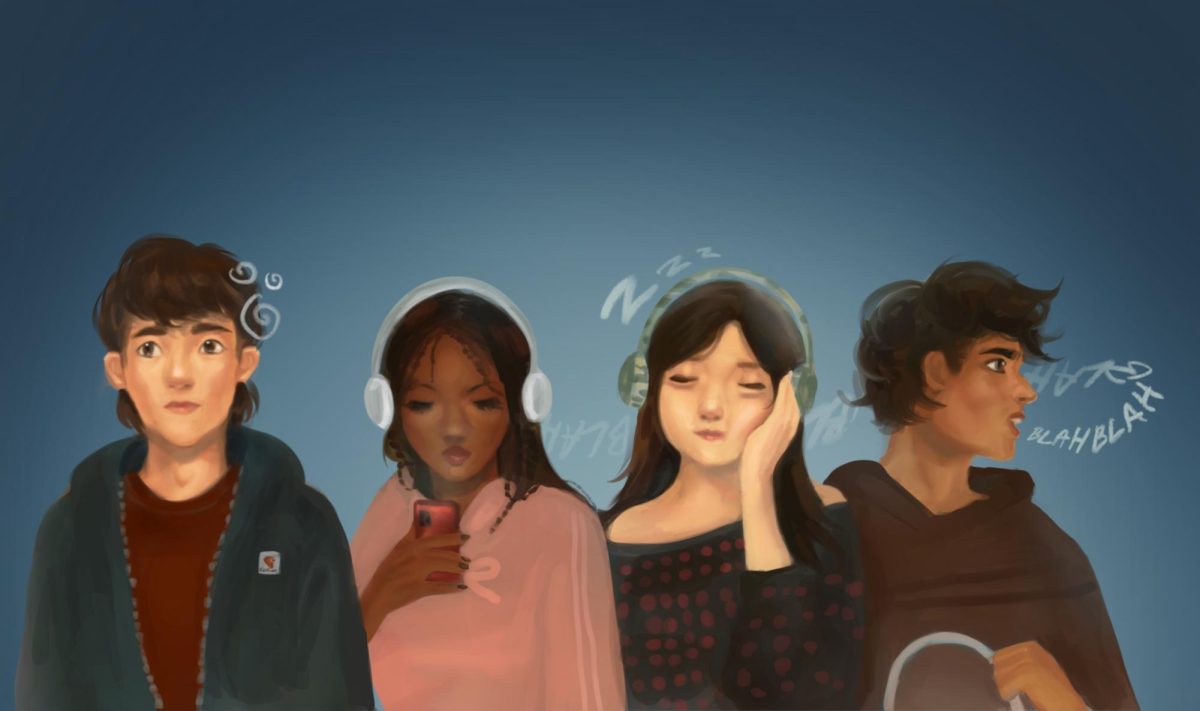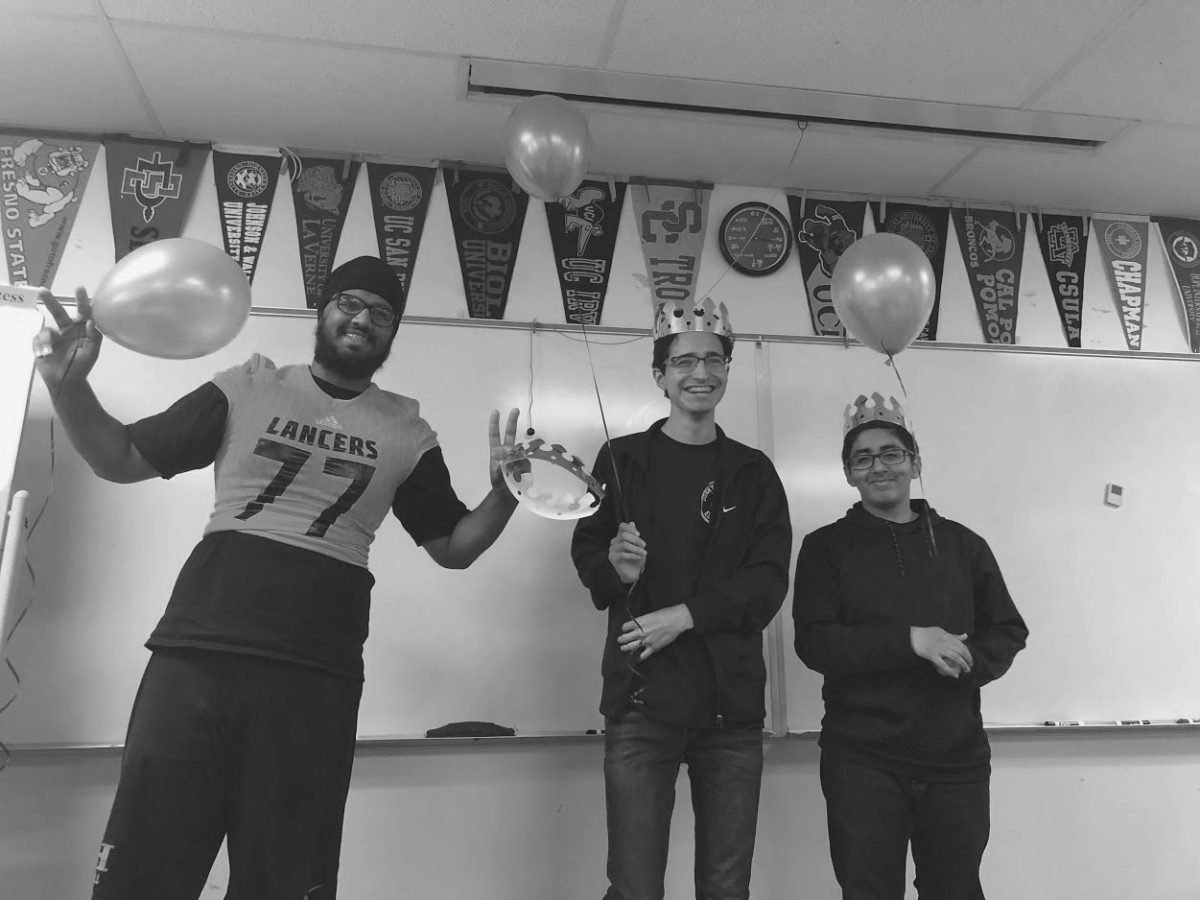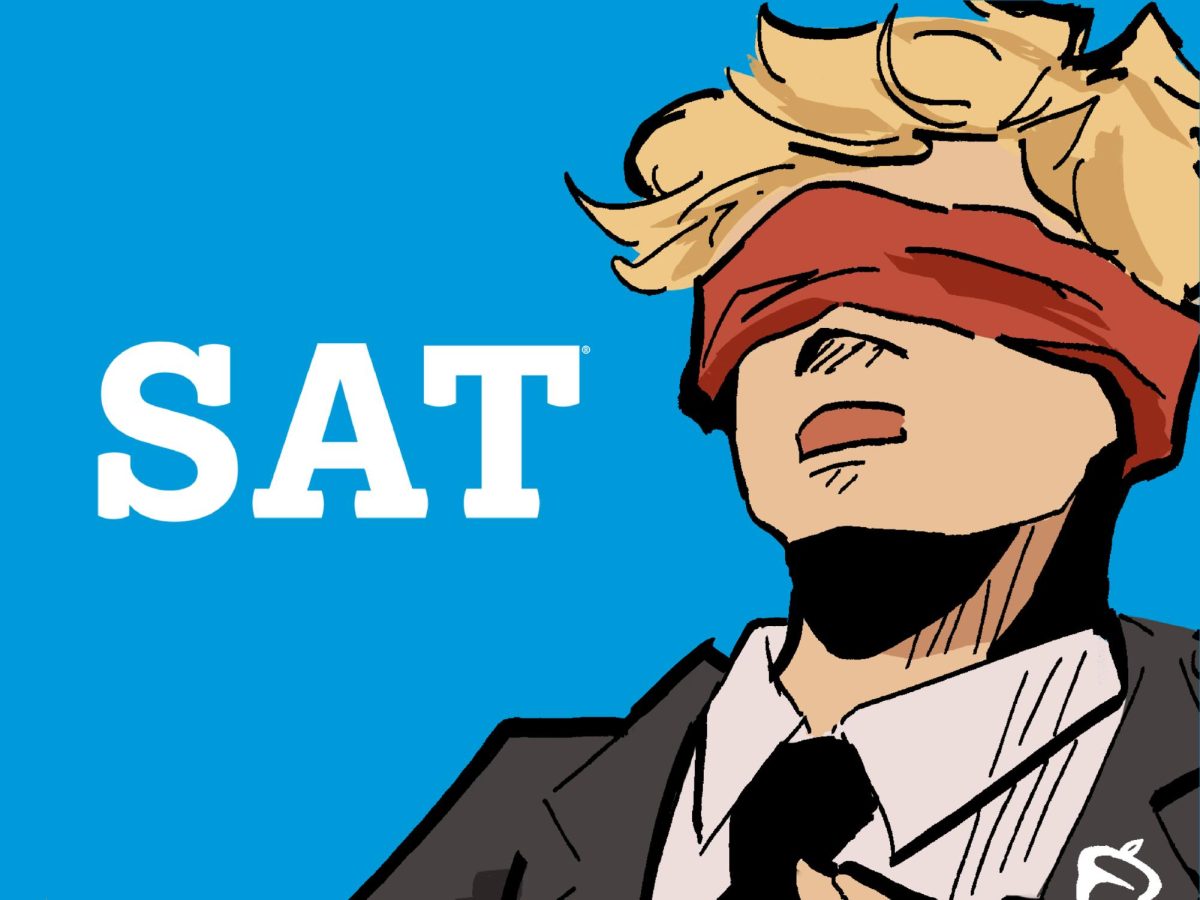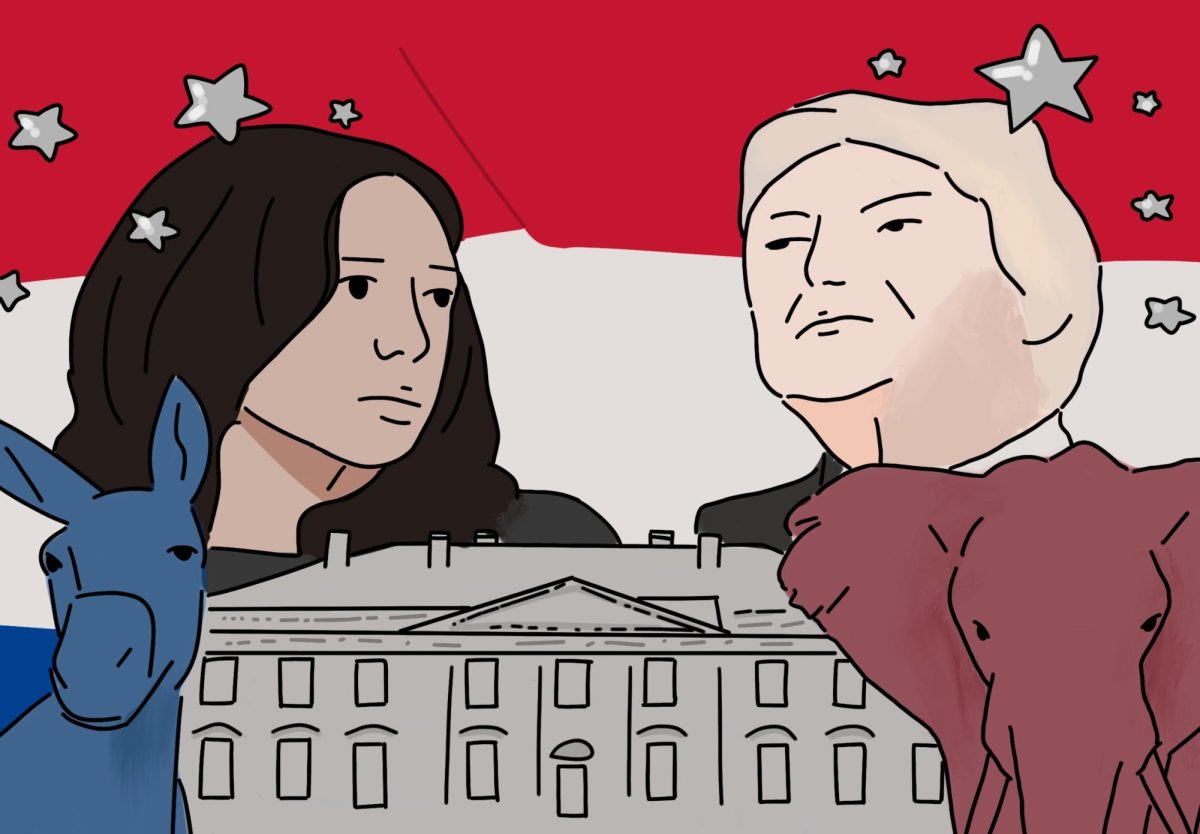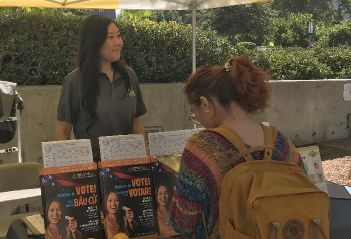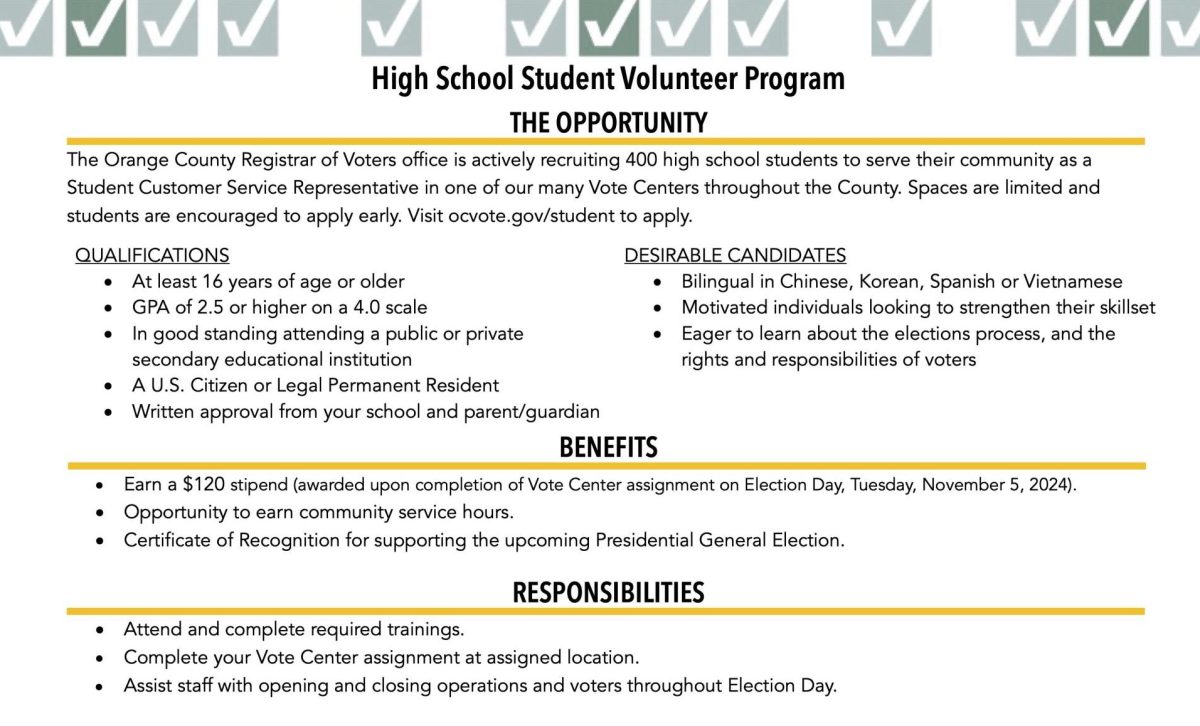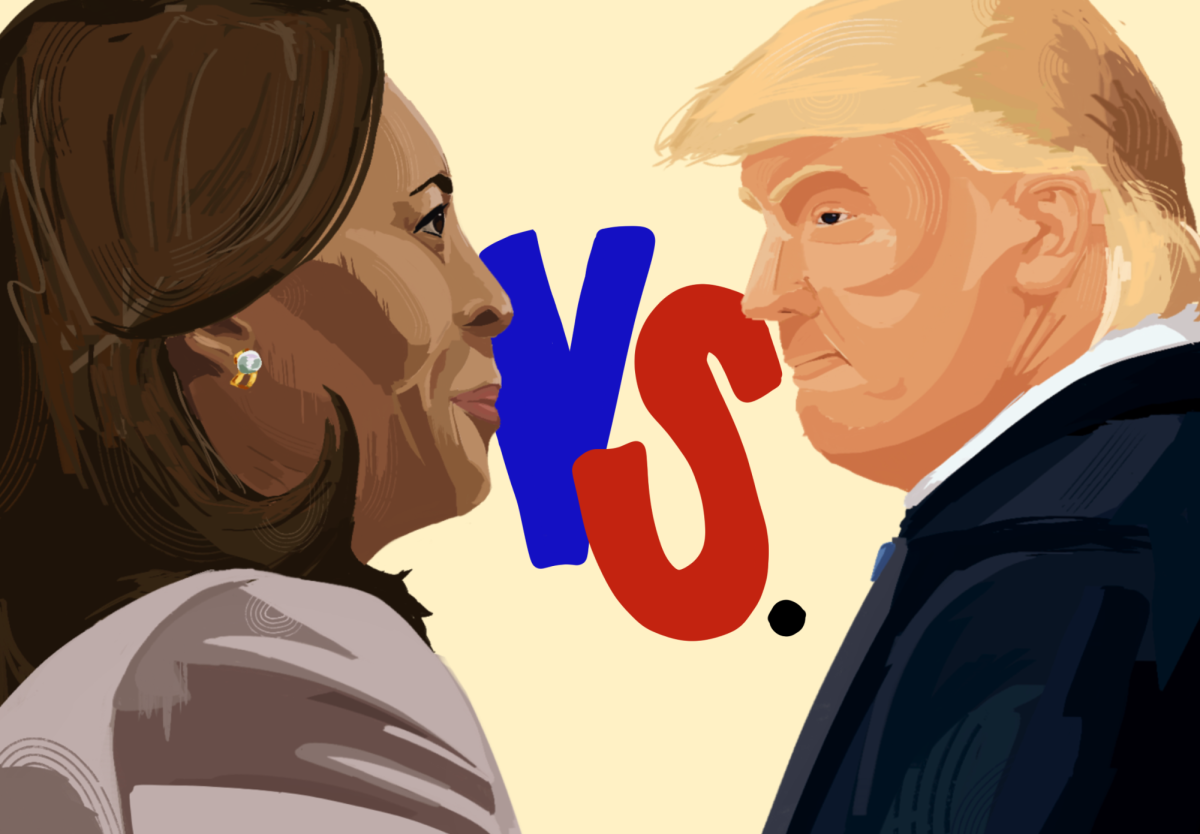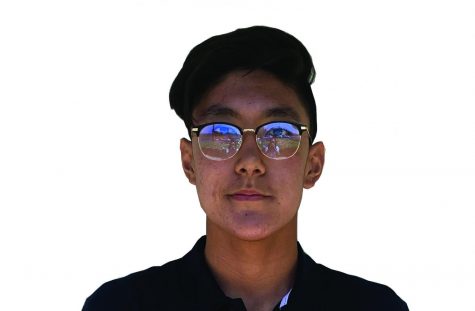This is the fourth part of a series of stories written by five of Accolade‘s top editors as if they were to be “Kings for a day” — all of which originally appeared in the “Photo Finish” special section, which focused on the upcoming Nov. 3 general election in our Oct. 30 print issue. The full issue can be read here. One story will be posted per day until Election Day on Nov. 3.
“Give me your tired, your poor, your huddled masses…”
Those words are inscribed on the base of the Statue of Liberty National Monument in New York Harbor. Constructed in 1875, the statue symbolizes our country’s promise to provide economic and social opportunities to inspired immigrants and refugees across the globe. To many, America is a safe haven, an oasis forged by the melting pot of differing nationalities — a place to escape the harsh conditions back home.
Originally, our immigration system consisted of open borders. But in the 18th century, laws forced people like my grandfather to register for citizenship.
Today, our immigration system is a wall, blocking millions of immigrants from living here legally. A Cato Institute study found that the average waiting time to be admitted as an Indian immigrant in 2018 was a mind-boggling 8 years.
That’s almost a decade.
To repair this broken system, we need to shorten it; requirements like a history exam or interview just clog up queue times. We should still require basic information like an immigrant’s intentions and personal background, but refugees that barely escaped their countries alive don’t have time to learn about Benjamin Franklin.
Not only do we need to cut the fluff out of our system, but we also need to allow more immigrants to come in. Currently, our country sets a fixed limit on the amount of immigrants admitted from each country. By removing these country caps, immigrants from larger populations no longer have to face excessively long queue times.
“But our crime rates will skyrocket!” one might say.
In reality, a Cato Institute study showed that incarceration rates of both illegal and legal immigrants are less than the rates of native-born Americans. Simply put, crime is a human problem, not an immigrant one. A simple background check is enough.
So by integrating a more adaptive system, I hope that America, as stated on the Statue of Liberty, can truly live up to its promises of diversity and remain a safe haven for immigrants to flock to.
And even more, I wish that in the future, America’s immigration system will transcend just “your tired, your poor, your huddled masses,” and strive to simply include “your people.”



